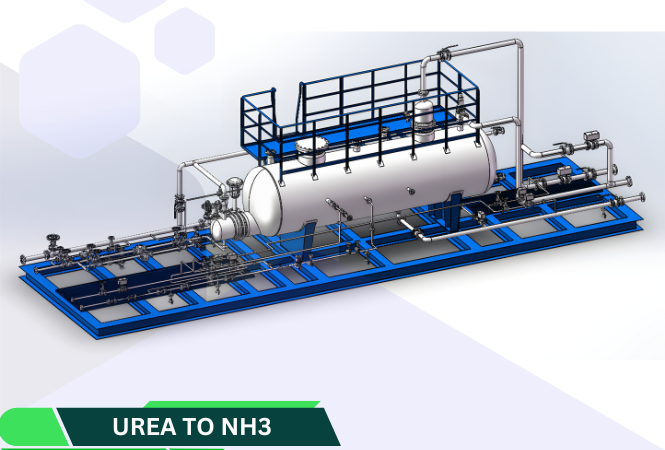HNBR-hydrogenated nitrile butadiene rubber
HNBR is made via selective hydrogenation of the NBR butadiene groups which improves the temperature and ozone resistance considerably. HNBR is widely known for its physical strength and retention of properties after long-term exposure to heat, oil, and chemicals. HNBR polymers are high temperature and oil resistant elastomers. HNBR compounds are formulated to meet demanding applications and environments with a wide operational temperature range.


SOLUTION PROCESS FEATURES
Solution hydrogenation is the dominant industrial process for producing HNBR (Hydrogenated Nitrile Butadiene Rubber) due to its high efficiency, scalability, and ability to achieve high degrees of hydrogenation (>90%).
Solution Hydrogenation for HNBR
High Selectivity & Control: The process selectively hydrogenates the C=C double bonds in the butadiene segments while preserving the nitrile (–CN) groups, maintaining oil/chemical resistance. Allows precise control over the degree of hydrogenation (e.g., partially hydrogenated vs. fully saturated HNBR).
Catalyst Systems
Homogeneous Catalysts: Rhodium (Rh) complexes (e.g., RhCl(PPh₃)₃) – Most common due to high activity and selectivity. Palladium (Pd) & Ruthenium (Ru) complexes – Alternative options, but less efficient than Rh.
Heterogeneous Catalysts: Supported Pd or Pt on alumina/carbon – Used in some processes but less selective.
SOLUTION PROCESS STEPS
Process Steps
Dissolution: NBR is dissolved in a solvent (e.g., methyl ethyl ketone, toluene, or chlorobenzene).
Hydrogenation: The solution is heated (typically 50–150°C) under H₂ pressure (5–15 MPa) with the catalyst.
Recovery: Catalyst is removed (e.g., by filtration or adsorption).
HNBR is precipitated, washed, and dried.
Solvent is recycled.
TYPICAL PROCESS DESCRIPTION
The process begins with the production of an emulsion-polymerized NBR. This polymer is then dissolved in an appropriate solvent. After the dissolution process is complete, the addition of hydrogen gas, in conjunction with a precious metal catalyst at a designated temperature and pressure, brings about a selective hydrogenation to produce HNBR. The nitrile groups are unaffected during the process, but the carbon-carbon double bonds in nitrile rubber are converted into more stable single bonds.
Different grades can be made by precise control of the proportion of unconverted double bonds in the material - 10% is considered to be an upper limit, but grades containing 4-8% (partially hydrogenated) or virtually no double bonds (fully hydrogenated) are used in most cases.
HNBR HYDROGENATION PROCESS
.png)

Properties of HNBR
High mechanical strength (up to 30 MPa) at RT.
Excellent resistance to lubricants with extremely aggressive additives in engine oils, ATF, power steering fluid and coolants
Very good hot air and steam Resistance.
Very good low temperature flexibility.
Good mechanical properties even at elevated temperature
Excellent resistance to many modern fuels including biodiesel
Low permeability to volatiles and gases
Excellent resistance to lubricants with extremely aggressive additives in engine oils, ATF, power steering fluid and coolants
Good resistance to crude oil even in the presence of hydrogen sulfide, amines, alkaline corrosion inhibitors and Oxidizing media.
Good ozone resistance
Very good abrasion resistance (DIN abrasion: 30 - 50 mm3)
Featured Products
Downloads


Add paragraph text. Click “Edit Text” to update the font, size and more. To change and reuse text themes, go to Site Styles.
UREA TO AMMOUNIA
.png)
Add paragraph text. Click “Edit Text” to update the font, size and more. To change and reuse text themes, go to Site Styles.
WFF EVAPORATOR
.png)
Add paragraph text. Click “Edit Text” to update the font, size and more. To change and reuse text themes, go to Site Styles.
